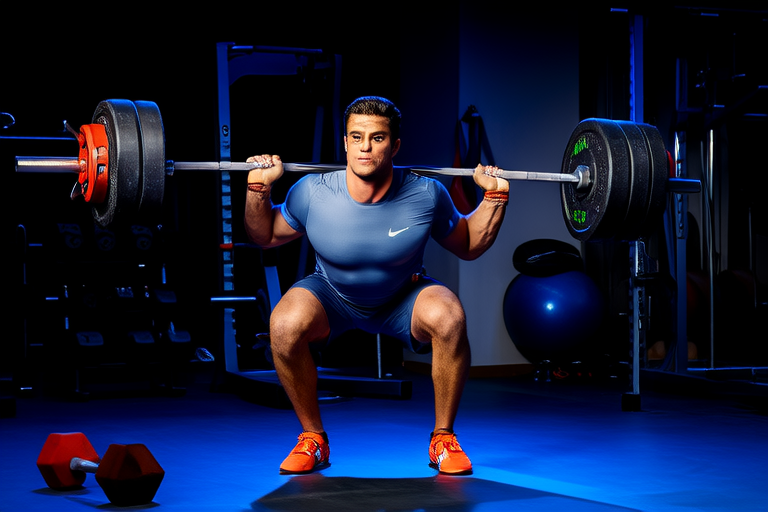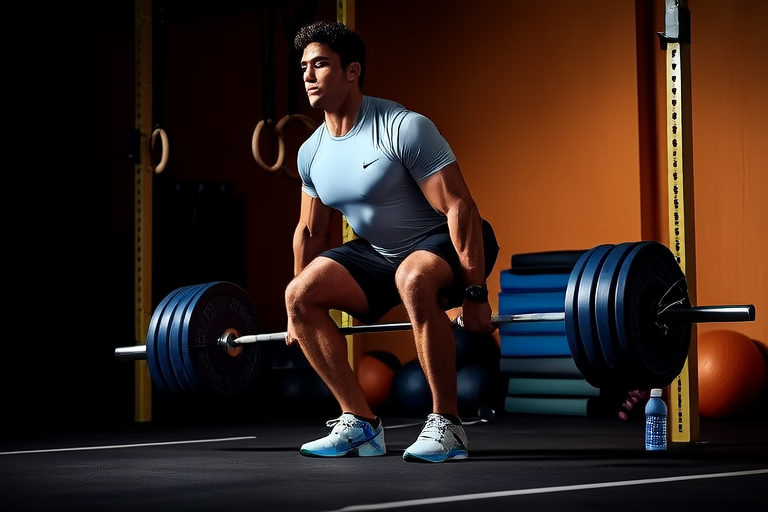Maximizing Performance: The Science of Sports and Essential Precautions for Athletes
Introduction: Unveiling the Role of Sports Science in Athletic Excellence
Sports science has emerged as a pivotal field in understanding and enhancing athletic performance. At its core, sports science combines principles from biology, physiology, biomechanics, psychology, and nutrition to optimize an athlete’s physical and mental capabilities. Whether it’s breaking world records or achieving personal milestones, athletes today rely heavily on scientific insights to push their limits while maintaining safety. This article delves into the multifaceted aspects of sports science, exploring key factors that influence performance and essential precautions athletes must take to safeguard their health.
Key Factors Influencing Athletic Performance
Nutrition: Fueling the Body for Success
Nutrition serves as the foundation of athletic performance. The body requires a balanced intake of macronutrients—carbohydrates, proteins, and fats—to sustain energy levels, repair tissues, and support overall function. Carbohydrates are particularly crucial for endurance athletes, providing glycogen stores that fuel prolonged activity. Proteins aid in muscle recovery and growth, making them indispensable for strength-based disciplines. Healthy fats contribute to hormone regulation and long-term energy reserves.
In addition to macronutrients, micronutrients like vitamins and minerals play a vital role. For instance, iron is essential for oxygen transport, while calcium supports bone health. Hydration is equally critical; even mild dehydration can impair performance and increase the risk of heat-related illnesses. Tailoring nutritional strategies to individual needs and sport-specific demands ensures optimal results.
Training Techniques: Building Strength, Endurance, and Agility
Effective training techniques are tailored to an athlete’s goals and the demands of their sport. Periodization—a systematic approach to training—divides the regimen into cycles, focusing on different aspects such as strength, endurance, and skill development. This method prevents overtraining and promotes consistent progress.
Strength training enhances power and resilience, while cardiovascular exercises improve stamina. Sport-specific drills refine skills and enhance agility, ensuring athletes perform efficiently under pressure. Incorporating cross-training not only reduces the risk of overuse injuries but also keeps workouts engaging and varied. Technology, such as wearable fitness trackers and motion analysis tools, further refines training by providing real-time feedback and data-driven insights.
Recovery Strategies: The Unsung Hero of Performance
Recovery is as important as training itself. Without adequate rest, muscles cannot repair, and performance gains stagnate. Sleep is the cornerstone of recovery, with research showing that quality sleep enhances cognitive function, mood, and physical restoration. Active recovery methods, such as light swimming or yoga, promote blood flow and reduce muscle soreness.
Other recovery strategies include foam rolling, massage therapy, and cold-water immersion, which alleviate inflammation and accelerate healing. Nutrition also plays a role during recovery; consuming protein-rich meals post-workout aids muscle repair, while antioxidants combat oxidative stress. Balancing intense training sessions with sufficient recovery time is essential for sustained performance improvement.
Mental Preparation: Cultivating Focus and Resilience
The mental aspect of sports often separates elite athletes from the rest. Mental preparation involves developing focus, confidence, and resilience to handle the pressures of competition. Visualization techniques help athletes mentally rehearse their performances, reducing anxiety and improving execution. Mindfulness practices, such as meditation and breathing exercises, enhance concentration and emotional regulation.
Goal setting is another powerful tool. By breaking down larger objectives into smaller, achievable milestones, athletes maintain motivation and track progress. Working with sports psychologists can provide additional support, equipping athletes with coping mechanisms to overcome setbacks and build mental toughness.
Common Injuries in Sports and Preventive Measures
Athletes are prone to various injuries due to the physical demands of their activities. Common issues include sprains, strains, fractures, and overuse injuries like tendonitis. Contact sports carry the added risk of concussions and joint dislocations. Understanding these risks allows athletes and coaches to implement preventive measures effectively.
Preventive Measures and Safety Precautions
Proper warm-ups and cool-downs are non-negotiable components of injury prevention. Dynamic stretching before exercise prepares muscles and joints for activity, while static stretching afterward aids flexibility and reduces stiffness. Wearing appropriate protective gear, such as helmets, pads, and supportive footwear, minimizes the likelihood of trauma.
Strength training targeting stabilizing muscles around vulnerable areas, such as knees and shoulders, enhances joint integrity. Cross-training helps distribute stress across different muscle groups, preventing overuse injuries. Listening to the body’s signals—such as pain or fatigue—is crucial; pushing through discomfort can exacerbate minor issues into major injuries.
Regular check-ups with healthcare professionals, including physiotherapists and sports medicine specialists, ensure early detection and management of potential problems. Education on correct techniques and posture during training further mitigates risks.
Balancing Performance Optimization with Long-Term Health
While maximizing performance is a primary goal for athletes, prioritizing long-term health is equally important. Overtraining syndrome, characterized by persistent fatigue, decreased performance, and mood disturbances, highlights the dangers of neglecting rest and recovery. Chronic injuries resulting from repetitive strain can prematurely end careers if not addressed promptly.
A holistic approach to athletic development considers both immediate gains and future well-being. This includes fostering a positive relationship with food, avoiding extreme diets, and maintaining a balanced lifestyle outside of sports. Emphasizing mental health alongside physical conditioning ensures athletes remain motivated and resilient throughout their journeys.
Education plays a vital role in promoting longevity in sports. Athletes should be aware of age-related changes in their bodies and adjust training accordingly. For example, older athletes may benefit from lower-impact exercises and increased focus on mobility work. Coaches and trainers must prioritize sustainable practices over quick fixes, instilling habits that serve athletes beyond their competitive years.
Conclusion: Striving for Excellence While Safeguarding Health
The science of sports offers invaluable tools for athletes seeking to maximize their potential. From meticulous attention to nutrition and innovative training techniques to comprehensive recovery strategies and mental fortitude, every aspect contributes to peak performance. However, success should never come at the expense of long-term health. By adopting preventive measures, respecting the body’s limits, and embracing a balanced approach, athletes can achieve greatness while ensuring a fulfilling and enduring career.
Ultimately, the synergy between sports science and practical precautions empowers athletes to reach new heights safely. As the field continues to evolve, so too will our understanding of how best to nurture talent, prevent injuries, and celebrate the remarkable capabilities of the human body.










